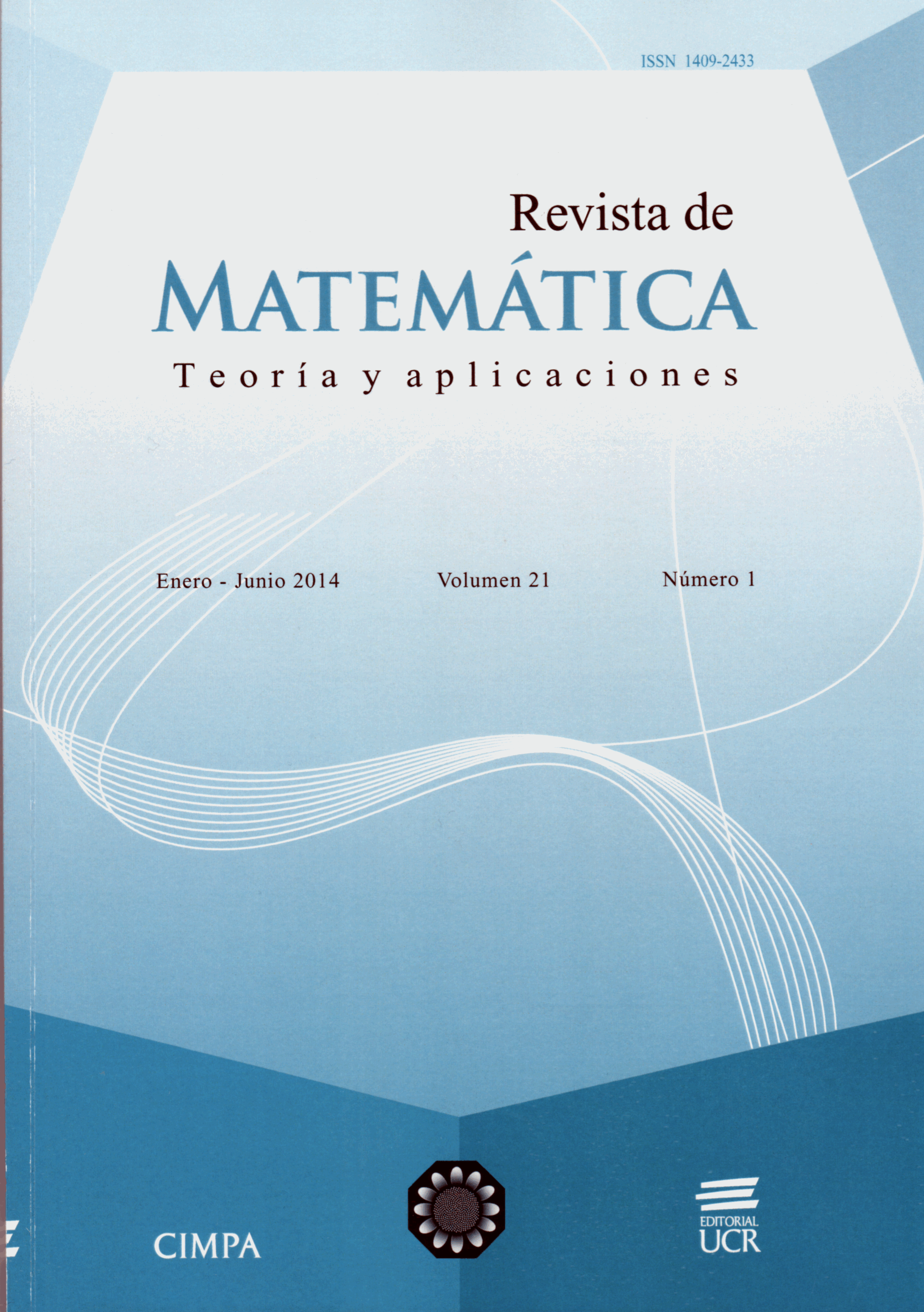Abstract
This paper develops GNM-NIPALS as an extension of the NM-PLS methods, which allows to quantify the qualitative variables of mixed data, by means of the reconstitution function using the first k principal components, maximizing the inertia in the plane k subspace associated with the PCA of the quantified matrix. It generalizes the NM-NIPALS algorithm in the sense that the latter only uses the first principal component in the quantification of qualitative variables. From the maximization and positivity of the correlation ratio between each qualitative variable and the reconstituted function, we have that the accumulated inertia on the k- dimensional subspace associated to the quantification function of the same range is greater than or equal to the one generated on subspaces of equal dimension, but with quantification functions of different range. With the k principal components associated to the quantified matrix, a saturated inertia analysis is performed to evaluate if a dimension k∗< k still exists, from which the accumulated inertia on the axes of equal or superior order is already explained, in which case the definitive quantification function is of lesser range (k∗).References
Aluja, T.; Morineau, A. (1999) Aprender de los Datos: El Análisis de Componentes Principales. EUB S.L, Barcelona.
Escofier, B.; Pàges, J. (1992) Análisis Factoriales Simples y Múltiples: Objetivos, Métodos e Interpretación. Servicio Editorial Universidad del País Vasco, Bilbao.
Lebart, L.; Morineau, A.; Piron, M. (2006) Statistique Exploratoire Multi-dimensionnelle. Dunod, Paris.
Russolillo, G. (2012) “Non-metric partial least squares”, Electronic Journal of Statistics 6: 1648–1655.
Saporta, G. (2011) Probabilités, Analyse des Données et Statistique. Editions Technip, Paris.
Tenenhaus, M. (1998) La Régression PLS. Théorie et Pratique. Editions Technip, Paris.
Wold, H. (1975) “Path models with latent variables: The non-linear iterative partial least squares (NIPALS) approach”, Academic Press, New York: 307–357.
Young, F. (1981) “Quantitative analysis of qualitative data”, Psychometrika 44(4): 357–388.





